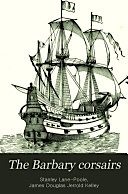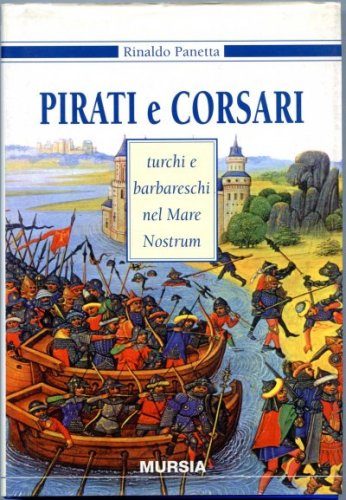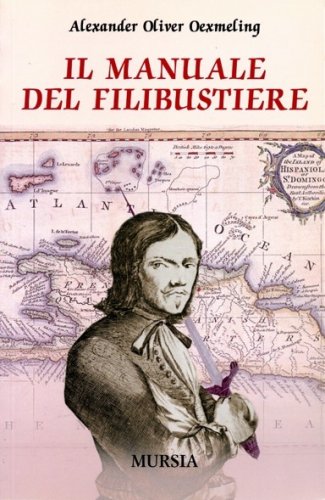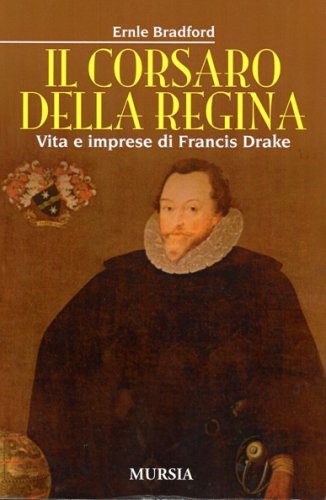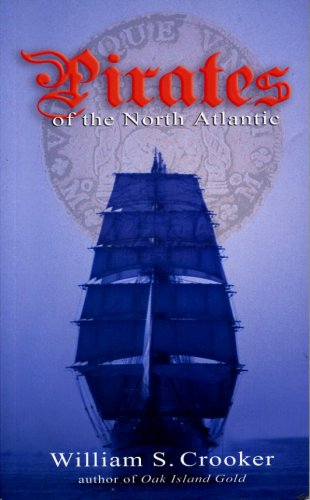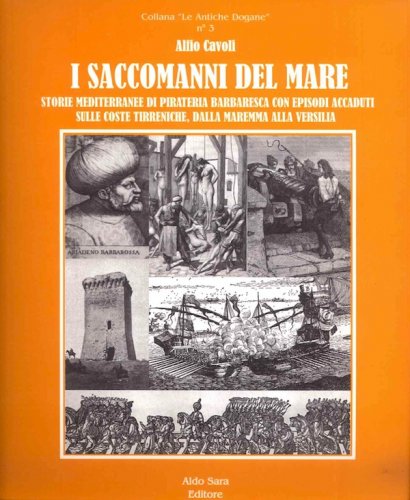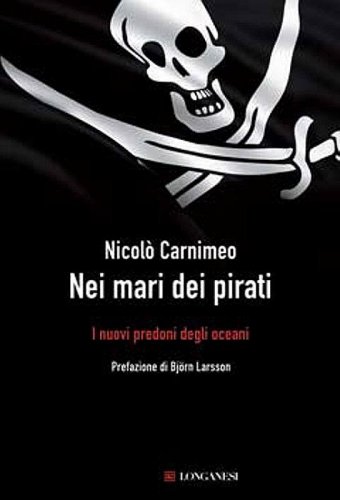Barbary corsairs
Barbary corsairs
- Non disponibile, richiedi informazioni sulla disponibilità
- Possibilità di reso entro 10 giorni lavorativi
- Transazione sicura con carta di credito, Paypal o bonifico bancario
- Spedizione tracciata con SDA
The Barbary Corsairs recounts how the expatriation of the Spanish Moors at the end of the fifteenth century led to their taking vengeance from their new settlements in North Africa and elevating the skills of piracy to fine art. The Barbary Coast had long been a haunt of pirates for its narrow creeks and natural harbours offered shelter to their large vessels. Despite commercial treaties between African and European states, piracy was carried on throughout the Middle Ages, chiefly by privateers from Christian states whose rulers were powerless to stop them. It was to this wild and notorious coast the Barbarossa and his brother came in 1504 from the island of Lesbos. There follows an account of their exploits and those of their successors which kept ‘all the nations of Europe in perpetual alarm for three centuries’. The subsequent skirmishes drew heads of state and religious leaders alike into the conflict. Although the failure to besiege the knights of Malta and the defeat at the battle of Lepanto marked the end of the age of the great Corsairs, piracy continued on a less spectacular scale for a further two hundred years and more, until the last Corsairs were driven from the Barbary Coast by the events of the nineteenth century.

